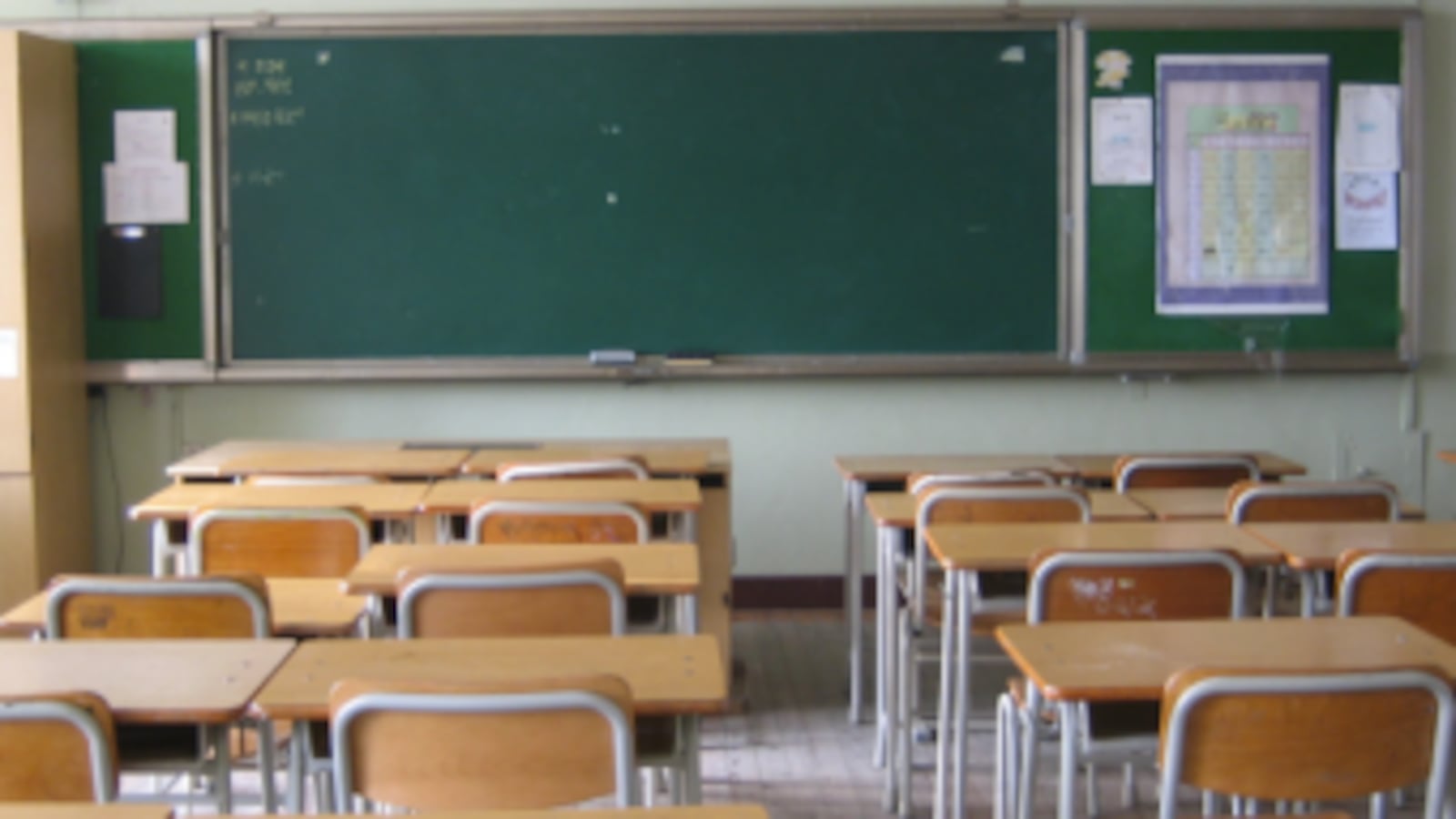One of the most touted numbers to justify Shelby County Schools’ soon-to-be released facilities analysis isn’t what you think.
Superintendent Dorsey Hopson repeatedly has said the district has 27,000 more seats than students when explaining the need to “right-size” the district by closing more schools as enrollment shrinks. School board members frequently cite that number as well.
In actuality, the number of empty seats last school year was about 22,000, says Michelle Stuart, the district’s manager of facility planning and property management.
Stuart says the 27,000 number projects how many empty seats the district could have if it stays the course over the next five years without taking action.
The current number of empty seats is based on the total enrollment capacity of the district’s non-charter schools with empty seats, minus their enrollment. Last year, more than two-thirds of those schools — 97 out 141 — had available seats, Stuart said.
The numbers will serve as a baseline for conversations this fall about future school closures.
The year-long facilities study is scheduled to be released in September, and Hopson has said the district needs to close 20 to 24 schools over the next five years. (See Chalkbeat’s report on 25 schools at risk.)
“The No. 1 driver behind the study is academic achievement … (to) increase the quality of the seat that is available,” said Stuart, whose office is spearheading the analysis with the help of a consultant.
Since 2012, at least 22 Memphis schools have been shuttered. But last school year was the first in which the district began to track the academic performance of students moved out of closed schools.
While improved academic achievement is the overall goal, the need for action was created by the convergence of dwindling enrollment, aging school buildings and a shrinking budget.
District leaders have projected an enrollment of 107,000 this school year, down 2 percent from 109,489 in the 2015-16 school year. That compares with an enrollment of nearly 150,000 in 2013-14 when legacy Shelby County Schools merged with Memphis City Schools, and 116,000 in 2014-15 when six suburban towns pulled out to open their own school systems.
"The No. 1 driver behind the study is academic achievement … (to) increase the quality of the seat that is available."
Michelle Stuart, Shelby County Schools
Chronically low student test scores helped create the conditions that got enrollment to this point. The district’s large number of “priority” schools — which are schools that rank academically in the state’s bottom 5 percent — made Memphis a hub for school turnaround work when Tennessee’s legislature created its Achievement School District in 2010. The ASD has since taken control of 28 Memphis schools, draining the local district of about 11,400 students.
Last school year, Shelby County Schools became more aggressive with strategies to retain students while also working to turn around some schools through the district’s Innovation Zone and closing other under-enrolled and low-performing schools amid a budget crunch.
“We’ve had a plan of where we’re going. We just haven’t had a document laying out the five-year vision,” Stuart said.
School closures generally have been a contentious process, with neighborhood leaders criticizing the district for making the calls before getting public input and working with communities on school improvement plans.
District leaders have pledged to engage the community on the front end this time.
“We do want to have more community buy-in,” Stuart said. “We have all these empty seats. We can’t continue to operate effectively.”
As the school system completes its facilities analysis, its planners will work with city planners beginning in September when the City of Memphis gets started on its first comprehensive plan since 1981. That plan could guide the city’s growth for the next quarter century, including population and housing shifts that help the district determine where schools are needed.

